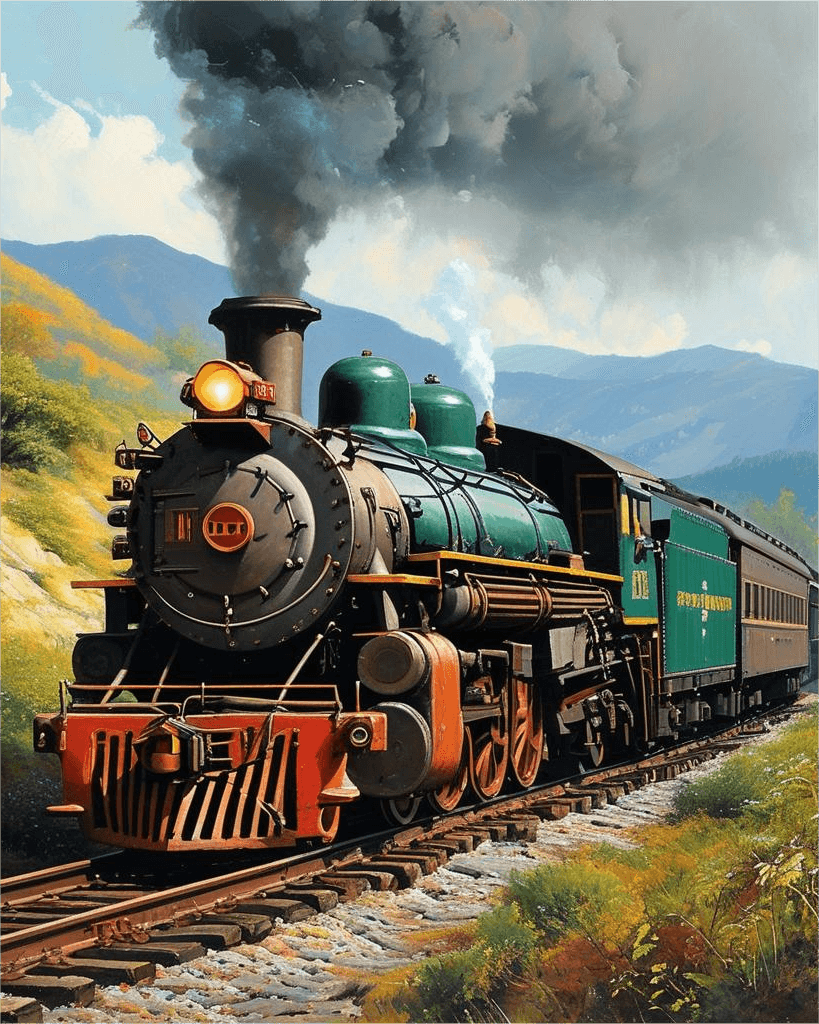- By TOP CHINA FREIGHT
- August 4, 2025
- Shipping
Looking for a fast, reliable, and cost-effective alternative to air and sea freight? Shipping goods from China to Europe by train is rapidly becoming a preferred solution for many businesses. With shorter transit times than sea freight and lower costs than air freight, rail freight strikes a perfect balance for importers looking to optimize their supply chains. In this complete guide, TJ China Freight Forwarder walks you through everything you need to know about this growing logistics route—from benefits to routes, transit times, and customs procedures.

1.Why Choose Rail Freight from China to Europe?
Trains emit significantly fewer CO₂ emissions compared to planes and ships.
Typical transit times range between 15–20 days, much faster than ocean shipping.
Unlike ocean freight, which is subject to port congestion, rail schedules are generally more reliable.
For non-urgent but time-sensitive goods, it offers considerable savings.
2.Main Rail Routes from China to Europe
1. Northern Route (via Russia and Belarus)
- Start Points: Xi’an, Chongqing, Zhengzhou
- End Points: Hamburg, Duisburg, Warsaw
- Transit Time: 15–20 days
2. Central Route (via Kazakhstan and Poland)
- Start Points: Chengdu, Yiwu
- End Points: Madrid, Milan, Budapest
- Transit Time: 18–22 days
3. Southern Route (via Turkey)
- Start Points: Xi’an, Wuhan
- End Points: Istanbul, Sofia
- Transit Time: 20–25 days
These routes pass through multiple customs checkpoints and intermodal hubs, ensuring broad European access.
3.Customs Clearance for Rail Freight
Clearing customs for China to Europe by train shipments requires proper documentation:
In China:
- Export Declaration
- Packing List & Invoice
- Railway Bill (CIM/SMGS)
In Europe:
- Import Declaration (based on destination country)
- EORI Number (for EU businesses)
- Transit Documentation (if using bonded transport)
Working with an experienced freight forwarder ensures smooth clearance and compliance with both Chinese and European regulations.
4.Common Commodities Moved by Rail
Some of the most shipped products via rail include:
- Laptops, smartphones, and electronics
- Automotive components
- Mechanical tools and machinery
- Medical equipment
- Apparel and textiles
- Home appliances
Rail is not suitable for perishable goods, hazardous materials, or oversized cargo due to infrastructure limitations.
5.Cost of Shipping from China to Europe by Train
Rail freight costs depend on:
- Cargo volume and weight
- FCL vs LCL
- Departure and arrival stations
- Additional services (e.g., door delivery, warehousing, insurance)
As a rough guide:
- FCL (40ft): $6,000 – $9,000 USD
- LCL (per CBM): $200 – $400 USD
Request a customized quote for the most accurate pricing based on your needs.
6.Challenges of Rail Freight
While rail is highly efficient, there are some challenges:
- Limited space: Booking in peak season can be difficult
- Intermodal transfers: Container handling at multiple checkpoints increases risk of delay
- Customs complexity: Border crossing through multiple countries increases paperwork
- Route disruptions: Geopolitical instability can impact certain corridors
These challenges can be mitigated with careful planning and the right freight forwarder.
Using direct shipping lanes reduces transit time and lowers the chance of delays.
7.Dangerous & Restricted Items in China-Europe Rail Freight
While rail freight is efficient and reliable, there are strict limitations on what you can ship due to international rail safety standards and customs regulations across multiple countries.
Commonly Prohibited or Restricted Items:
| Category | Examples |
|---|---|
| Hazardous Materials (HAZMAT) | Explosives, flammable liquids, toxic chemicals, batteries |
| Compressed Gases | Oxygen cylinders, butane, propane |
| Corrosive Substances | Acids, alkalis, bleach |
| Radioactive Materials | Industrial isotopes, nuclear components |
| Perishable Goods | Fresh food, frozen items (due to lack of cold chain) |
| Live Animals & Plants | Livestock, seeds, soil (due to quarantine regulations) |
| Lithium Batteries | Especially large ones, or improperly packed |
| Weapons & Ammunition | Firearms, explosives, military gear |
Final Thoughts
Shipping from China to Europe by train offers a perfect middle ground for importers looking to balance speed, cost, and sustainability. With expanding rail networks, improved customs coordination, and reliable transit times, rail freight is no longer just a backup option—it’s a core strategy in modern global trade. Partner with TJ China Freight Forwarder to simplify your rail freight journey and gain a competitive edge in your market.
With the right support, the China–Indonesia trade lane can be a powerful growth engine for your business.
Ask for a quote
Need help finding the best rail freight solution?
Contact TJ China Shipping Forwarder for a fast, accurate, and competitive shipping quote.
FAQs
Q1:Is rail freight faster than sea freight from China to Europe?
Yes. Rail freight typically takes 15–22 days, while sea freight can take 30–45 days depending on the route and port congestion.
Q2:How much does it cost to ship by train from China to Europe?
Rates vary by destination, cargo type, and volume. On average:
- FCL (40ft): $6,000–$9,000
- LCL: $200–$400 per CBM
Q3: Can I ship small cargo via train (LCL)?
Yes. Less than Container Load (LCL) service is available, making rail freight accessible even for small and medium-sized shipments.
Q4: Is it safe to ship high-value goods by train?
Yes. Rail routes are equipped with advanced tracking, secure terminals, and customs supervision, making it suitable for electronics, machinery, and more.
Q5: Can rail freight be delivered door-to-door?
Yes. Many freight forwarders offer door-to-door multimodal services, combining rail with truck delivery across Europe.
